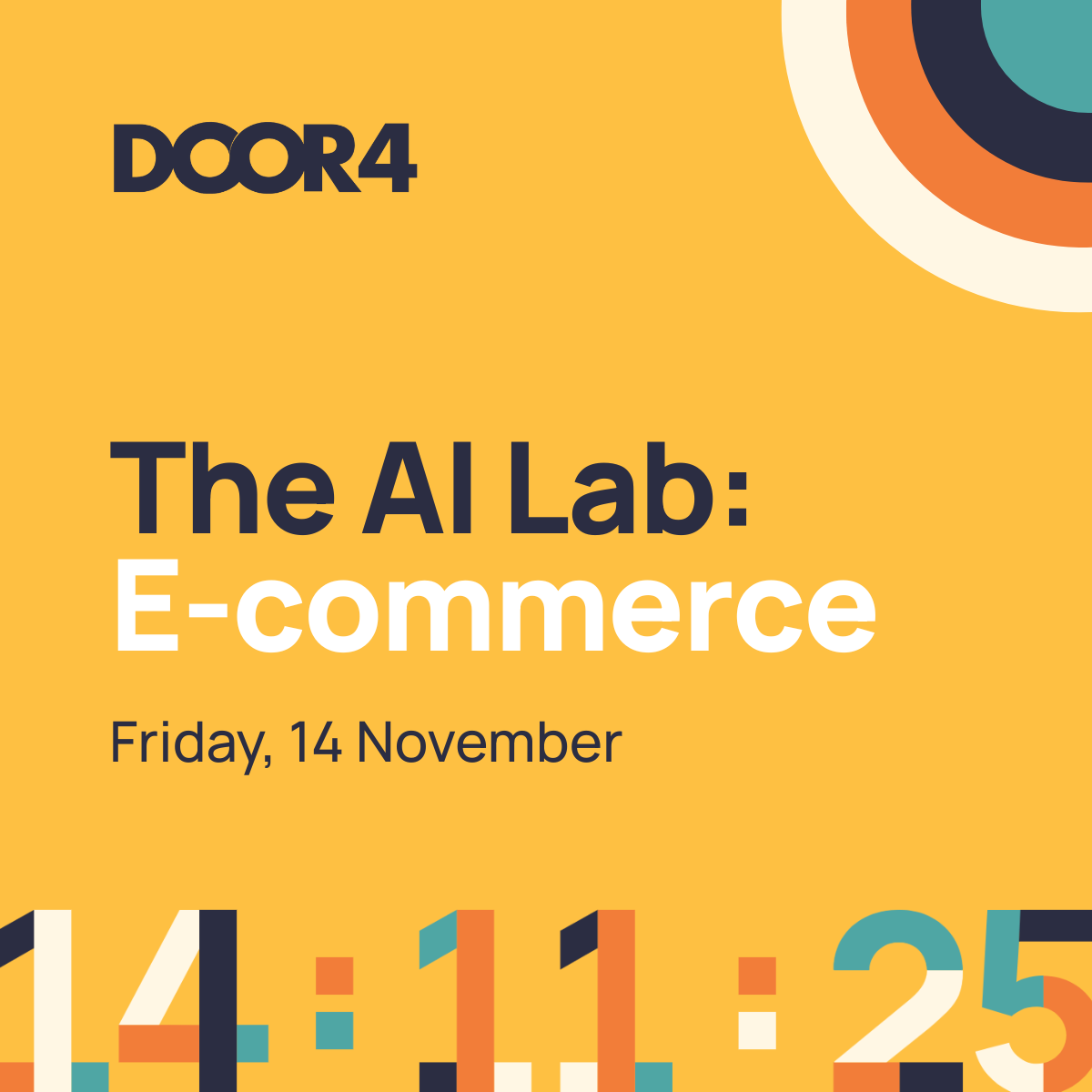Ready to explore the possibilities?
Request a quick call with our team to find out how the Innovation Explorer program can help your business take its next big leap into AI and automation.

CRO testing and prioritisation for impact
Conversion Rate Optimisation (CRO) is a powerful weapon in the marketing arsenal for improving website performance – turning visitors into customers and fuelling business growth. However, a successful CRO programme requires a structured approach, not just random A/B tests. Prioritisation ensures each experiment contributes to meaningful improvements.
What is prioritisation in CRO?
Prioritisation is the stage where you decide which tests to run first based on their potential impact and ease of implementation. By focusing on the most valuable opportunities, you can:
- Maximise results
- Efficiently manage resources
- Stay aligned with business objectives
Why prioritise experiments?
- Maximising resource efficiency: CRO teams often have limited resources. Prioritisation ensures the most impactful tests are conducted first, managing costs and opportunity costs effectively.
- Optimising impact: A prioritisation framework helps identify tests with the greatest impact on key metrics like conversion rates and revenue, avoiding low-value experiments.
- Strategic alignment: Prioritisation aligns experiments with overarching business goals, creating a clear testing roadmap for strategic planning.
- Improving decision-making: Prioritisation frameworks provide an objective way to assess test ideas, balancing factors like potential impact, ease of implementation, and risk.
- Stakeholder management: Clear prioritisation helps justify decisions to stakeholders, managing expectations and fostering transparency.
- Continuous learning: A prioritised testing process leads to more methodical experimentation, generating deeper insights and facilitating iterative improvement.
Evaluation criteria for prioritisation
- Impact: Potential effect on key metrics.
- Effort: Resources and time required.
- Confidence: Reliability of data and certainty of outcomes.
- Strategic alignment: Alignment with business goals and CRO strategy.
- Traffic or Audience: Focus on high-traffic pages or key segments.
Prioritisation frameworks
The PIE Framework is a popular model, evaluating tests based on:
- Potential: Expected improvement.
- Importance: Value to the business or users.
- Ease: Simplicity of implementation.
Prioritisation process
- Create a backlog: List all potential experiments.
- Score experiments: Assign scores for impact and effort (e.g., 1-5 scale).
- Plot on a matrix: Use an Impact-Effort matrix to visualise priorities.
- Categorise: Group experiments into quadrants:
- Quick wins: High impact, low effort
- Major projects: High impact, high effort
- Fill-ins: Low impact, low effort
- Thankless tasks: Low impact, high effort
- Review and adjust: Regularly reassess priorities based on new data.
Additional considerations
- Use quantitative and qualitative data to support hypotheses.
- Factor in risk and reward.
- Involve stakeholders in the process.
- Maintain flexibility and update your prioritisation matrix as needed.
By following a structured prioritisation process, you can ensure your CRO efforts are focused on the most valuable opportunities, maximising impact and resource utilisation.
Prioritisation is more than an efficiency tool; it’s a strategic approach that allows CRO teams to make the most of limited resources while systematically improving key metrics like conversion rates and revenue.
Ultimately, a well-prioritised CRO roadmap keeps businesses aligned with their objectives, engages stakeholders with transparent decision-making, and fuels ongoing optimisation. For companies focused on sustainable growth, prioritisation in CRO isn’t just a step—it’s a strategic foundation that drives meaningful improvements, helping businesses turn insights into action and visitors into loyal customers.
Author: Holly Neal
-
 14.12.2021|Each time you make a subjective assumption of what will enhance your conversions, you risk derailing progress and losing money. UX testing is the only way to safeguard capital investment on website development - and it gets better results.
14.12.2021|Each time you make a subjective assumption of what will enhance your conversions, you risk derailing progress and losing money. UX testing is the only way to safeguard capital investment on website development - and it gets better results. -
 21.08.2023|Have you ever wondered how you can better understand your audience and create more impact with your marketing?
21.08.2023|Have you ever wondered how you can better understand your audience and create more impact with your marketing? -
 11.04.2023|With the change from Goals to Conversion events, marketers can review their core metrics and confirm the most important to their business. Door4 expert Holly Neal takes us through the process to track conversions.
11.04.2023|With the change from Goals to Conversion events, marketers can review their core metrics and confirm the most important to their business. Door4 expert Holly Neal takes us through the process to track conversions.
Door4 opinions and insight.
We have a lot to talk about.Our latest articles, features and ramblings.
We explore performance marketing, AI, communications and optimisation.











